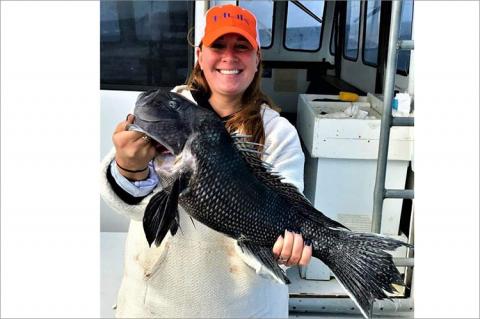It was déjà vu all over again and again. The weather, especially the wind, has been relentless of late. It started early on Oct. 8 and finally blew itself out by Sunday. Chicago may be dubbed the Windy City, but the eastern end of Long Island can certainly hold its own when accounting for prolonged periods of gusty weather.
Outdoors
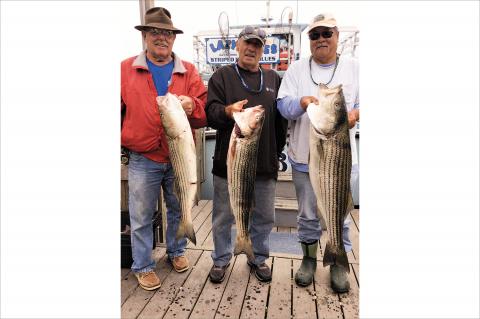 Back on the Water
Back on the WaterComing off the new moon, the incoming tide was screaming as we approached the rip. Combined with an east wind, it was running at over four knots, and according to the tide chart slack water was only 45 minutes away.
 Nature Notes: Sweet Mysteries
Nature Notes: Sweet MysteriesHow many of you know what the megagroups Pangaea, Gondwanaland, and Laurasia represent? Very few I’ll bet. In fact, I have only lately begun to study them.
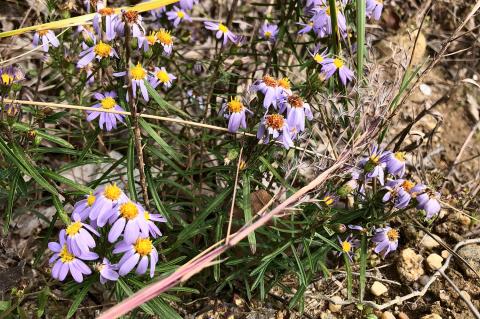 Nature Notes: Signs of Autumn
Nature Notes: Signs of AutumnMonday was mostly sunny and calm. Most of the summer crowd had gone back to the city and parts west. It was also the last day of September and the eighth day of autumn, a perfect opportunity for a leisurely drive around Southampton, Sag Harbor, and East Hampton to see how fall was shaping up.
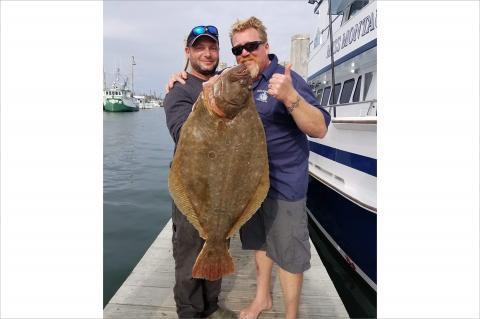 On the Water: Should I Stay or Should I Go?
On the Water: Should I Stay or Should I Go?Back in 1982, the British rock band the Clash — one of my favorite groups of all time — came out with the song “Should I Stay or Should I Go.” A classic rocker of a song with a steady beat, it is punctuated with some hard-hitting, sarcastic lyrics, backed by some great guitar licks. It’s a catchy tune that topped the music charts and can still be heard on the airwaves.
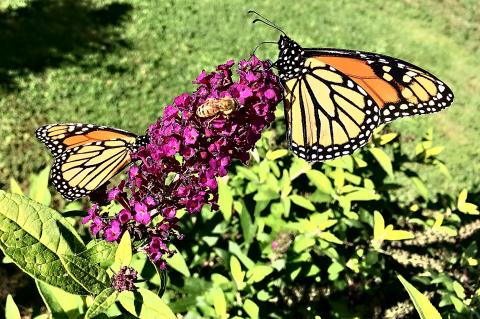 Nature Notes: The Marvelous Monarch
Nature Notes: The Marvelous MonarchTwo of the greatest movements to warmer climes from colder ones that take place each year in both the Old and New Worlds are the great migrations of butterflies and dragonflies.
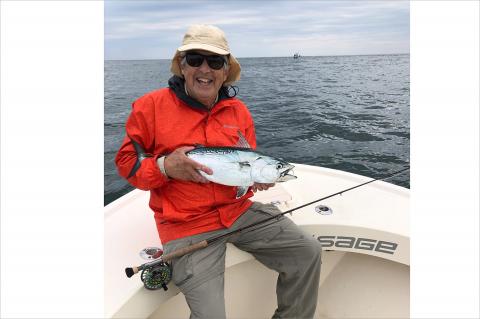 On the Water: Fall Fishing on the Upswing
On the Water: Fall Fishing on the UpswingAs seems to happen every year, summer appears to get shorter and shorter. Memorial Day arrives and with a quick blink of the eye, Labor Day appears to roll right in.
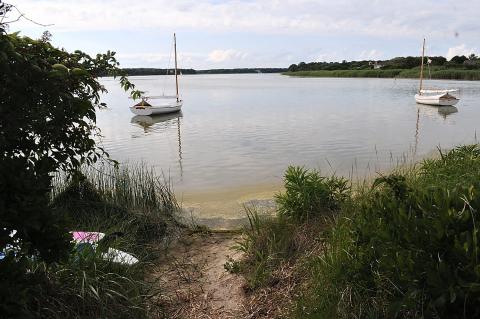 Nature Notes: Blue-Green, but Not Algae
Nature Notes: Blue-Green, but Not AlgaeJust a month ago nine dogs died from drinking pond water in New York City’s Central Park that was thick with blue-green algae, oops, I mean cyanobacteria, which is not actually algae at all.
 On the Water: Bluefins on the Prowl
On the Water: Bluefins on the ProwlFishing this summer for various species of tuna, including albacore, yellowfin, bigeye, and bluefin, has been the best witnessed in many years, and it looks like it will continue well into the upcoming fall season.
The bowhunting season for deer opens on Oct. 1, and in Suffolk County licensed archers can obtain permits starting on Monday for access to designated areas in select county parks.
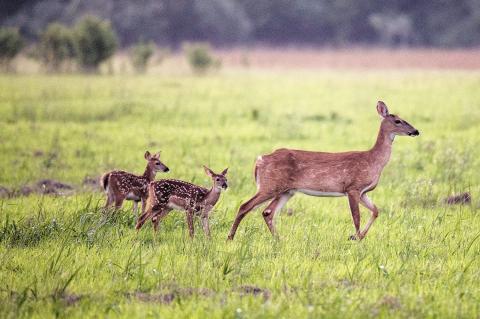 Nature Notes: So Much to Learn
Nature Notes: So Much to LearnDid you know that according to the Encyclopedia Britannica there are 43 different species of the deer family, Cervidae, worldwide?
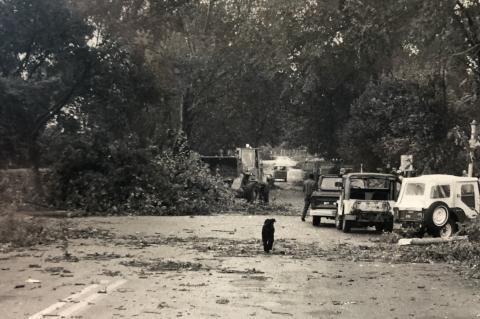 On the Water: A Fisherman Remembers Gloria
On the Water: A Fisherman Remembers GloriaGloria was a powerful Category 3 storm and had just brought a storm surge of 8 to 12 feet to North Carolina’s Outer Banks, with 125-mile-per-hour wind gusts.
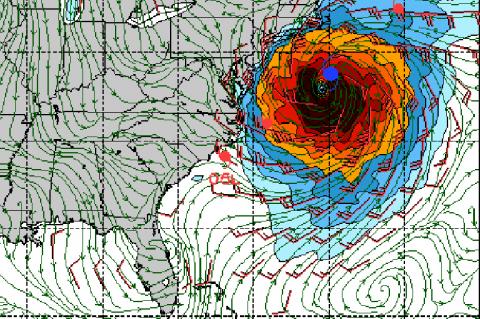 Nature Notes: Big Storms, Quiet Nights
Nature Notes: Big Storms, Quiet NightsIt’s September, the favorite month for hurricanes. The shorebirds that went to the tundra to breed are already halfway south. We humans have very high I.Q.s, but we can’t fly. Some butterflies and darning needles are also on their way south. They have lower I.Q.s than birds, yet they can also fly and know where the winter is warm.
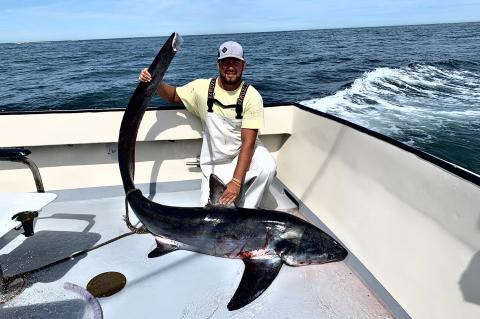 On the Water: Summer Was Off the Hook
On the Water: Summer Was Off the HookIt felt like only yesterday that we were all celebrating Memorial Day in joyful unison. The summer season was upon us. Time to relax and take in the lazy, hazy days of sunshine, fishing, barbecues, and beaches. But, while the calendar technically states that it is still summer, the party is over for many people. It went fast, too fast for me.
Many of the not-so-rare but equally beautiful native plants were in flower — the yellow Maryland golden asters, the pinkish-purple Joe-Pye weed, the purplish-blue slender bush clover — while several species of goldenrods were just beginning to bloom.
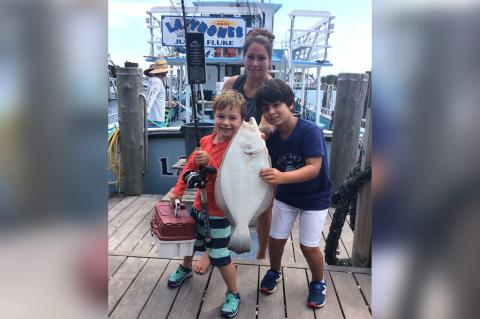 On the Water: Blowfish Steal the Show
On the Water: Blowfish Steal the ShowThey go by many names. Blow toads, sea squab, chicken of the sea, blowfish, and puffers are just a few of the common ones. But no matter which name you know them by, they usually bring a smile to just about any face.
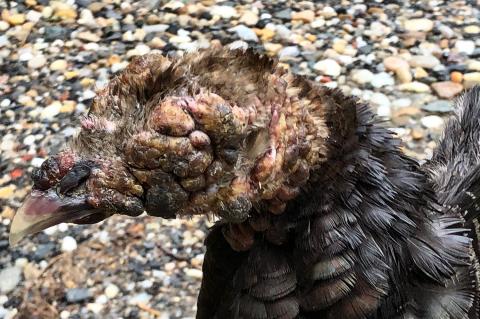 Nature Notes: A Pox on Turkeys
Nature Notes: A Pox on TurkeysSomething peculiar is going on in Turkeydom. Turkeys here and there on the South Fork have begun to develop bunches of pustules on their faces and elsewhere, but only on bare patches of skin, not on feathered areas.
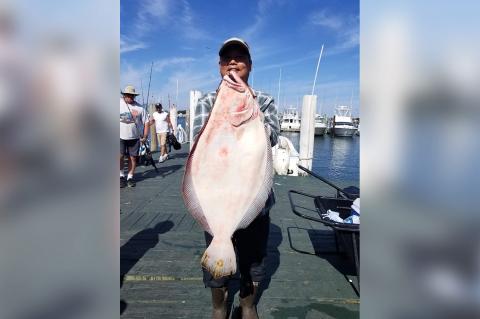 On the Water: It’s a Snapper Invasion
On the Water: It’s a Snapper InvasionBaby bluefish, also known as snappers in these parts, have arrived en masse. The annual invasion of the sporty little fish is evident at every dock, wharf, and bulkhead on the East End.
We have reached a point in the world’s development when species will be lost at a faster rate than evolution can compensate for.
While we are still in the summer season, early Saturday morning in Montauk Harbor felt as if a faint hint of September were in the air. A cold front had passed through a few hours earlier and the breeze was coming from the cooler and drier northwest.
Impairment means the water body is high in nutrients (nitrogen compounds and phosphates, for example), algae-ridden, high in intestinal bacteria such as enterococcus and coliform bacterium, or unsafe to swim in.
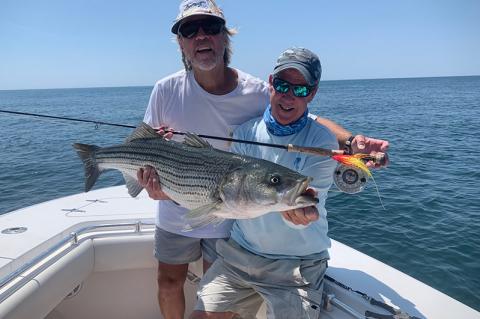 Sharks Get Their Close-Up
Sharks Get Their Close-UpOnce again, sharks have been making headline news. Whether it’s an aerial photo of one lurking close to a popular beach, a scrape with a bather, or a specimen caught from shore, every incident seems to be amplified on social media and other platforms more than ever before.
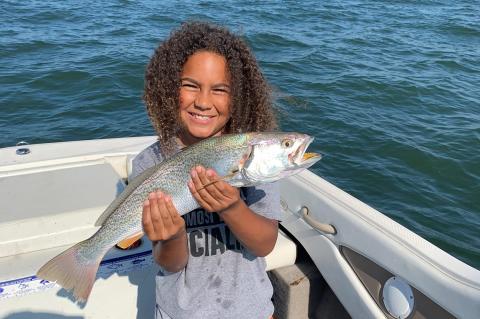 Chumming on the High Seas
Chumming on the High SeasOn the drive east to Montauk early Friday morning, pale pink hues of the developing sunrise could be seen over the sand dunes alongside the Napeague stretch. Would the fish be on the chew? Only time would tell.
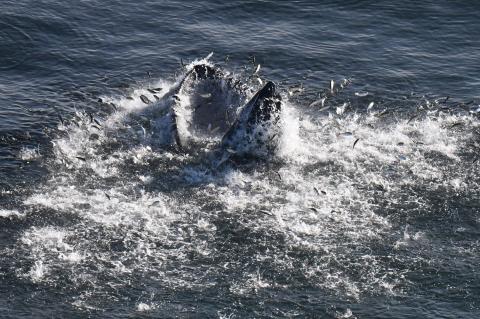 Nature Notes: Whales, Ho!
Nature Notes: Whales, Ho!The dead adult humpback whale towed to the Montauk ocean beach last week is just one of several humpbacks that we have been reading about this year in the local newspapers. There have been many sightings offshore and even in Great South Bay and other estuarine water bodies.
 Nature Notes: Heating Up
Nature Notes: Heating UpIt was so hot that nature at night overwhelmed nature during the day. On the evening of July 16, for one example, during Dai Dayton’s full moon walk, the trees and wetlands were alive with the sounds of tree crickets and tree frogs and the air was alive with fireflies.
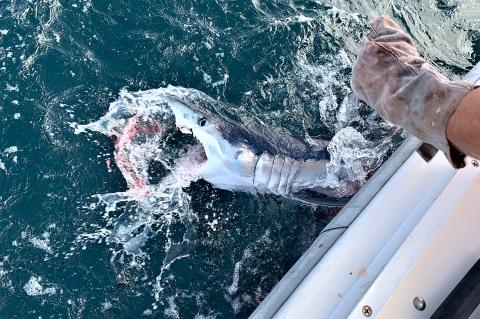 Lobster Boil on the Go
Lobster Boil on the GoLast weekend’s heatwave reminded me why I went to college in Buffalo and not to the palm-fringed campus of the University of Florida. It wasn’t just for the education, but also to enjoy the snow, bitterly cold winds, and to play ice hockey as much as I could. Sounds weird, eh?
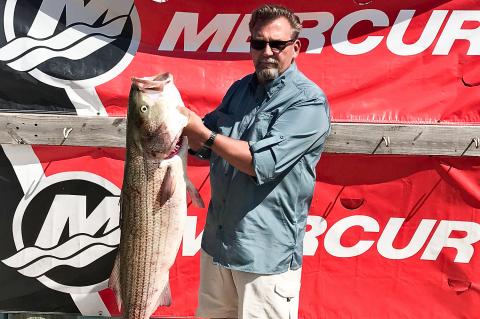 On the Water: Tourney Time Again
On the Water: Tourney Time AgainThe calendar reminded me that it was time to get back on the water, grab my rod and reel, and partake of the 19th annual Mercury Grand Slam tournament last weekend out of Montauk.
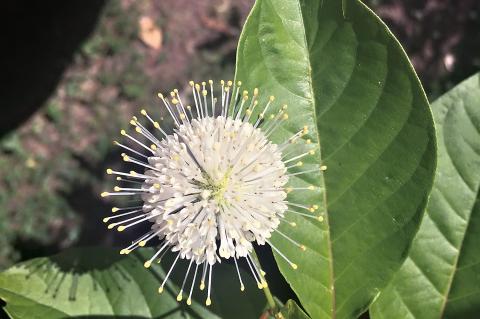 Nature Notes: Outrun by Summer
Nature Notes: Outrun by SummerHot, Hot, Hot! Cars, Cars, Cars! Nothing to do but grin and bear it, and observe nature.
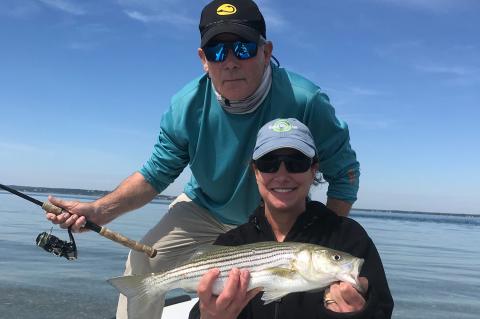 Bedlam on Land and Sea
Bedlam on Land and SeaWhat was I thinking?
This column, penned for so many decades by various writers in this long-established newspaper, has been aptly named “On the Water.” It’s a pretty clear and accurate description of its intended content and hopefully the audience appreciates its narrative for better or worse.
 Nature Notes: Birds Have It Right
Nature Notes: Birds Have It RightAll of a sudden it’s July and the traffic is more ferocious than ever. One of the silly things I have indulged myself in is counting the vehicles that whiz by my front window on Noyac Road, the second busiest road on the South Fork. I’ve been doing it since the mid-1980s. The protocol I used is the number of vehicles going east and west during two consecutive four-minute periods. I was anxious to see if the AAA’s projection for travel during the holidays of more than 40 million vehicle trippers had any basis in fact. At any rate, on July 3 shortly after 3 p.m., I counted the most vehicles ever. Based on the number going east and west in eight minutes, the projected hourly rate was 1,575 vehicles per hour, the kind of count one might expect for the Long Island Expressway at a point where Suffolk County and Nassau County meet.

